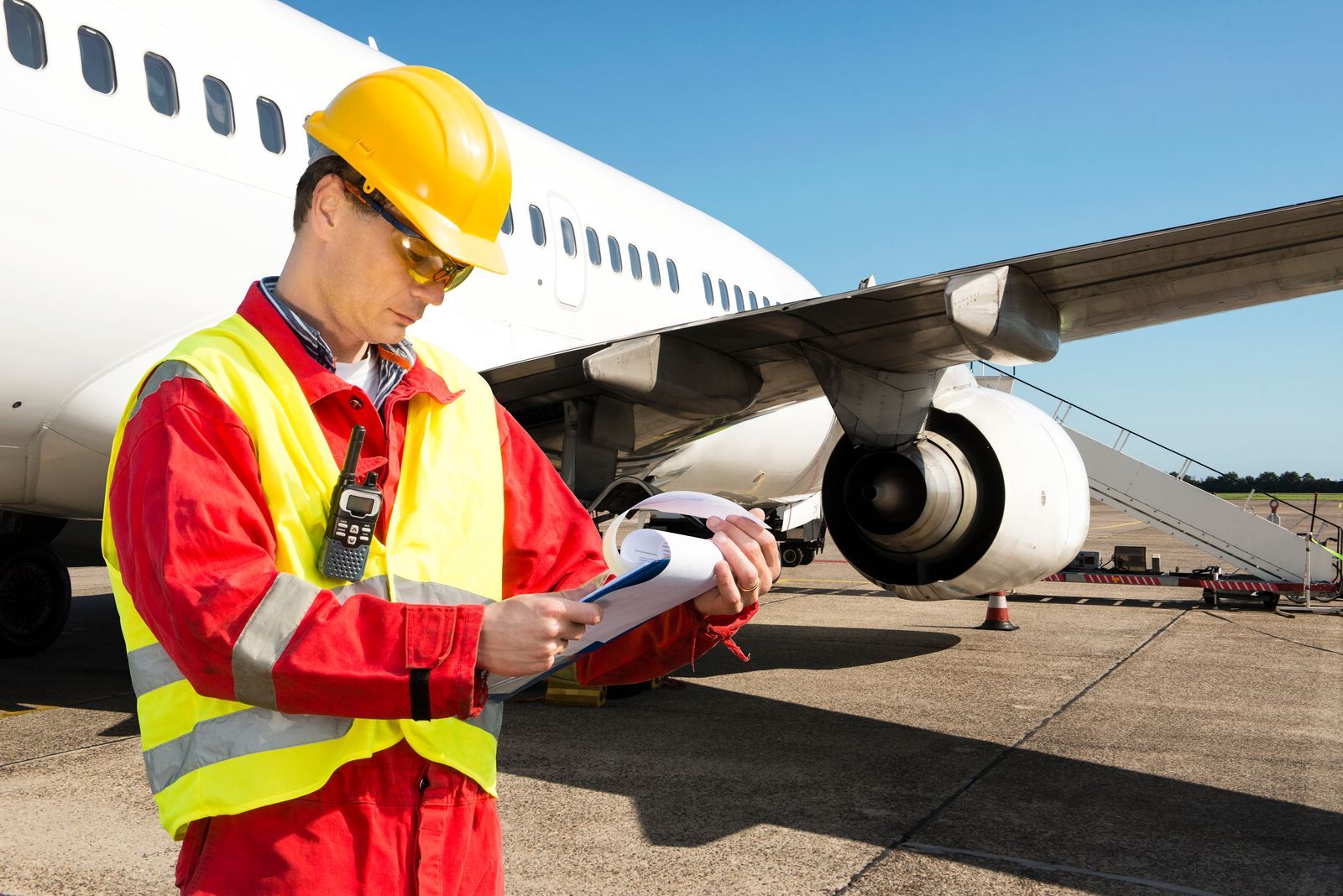
Aviation risk management is a critical aspect of ensuring the safety and efficiency of air travel. But what exactly does it involve? In simple terms, it’s the process of identifying, assessing, and mitigating risks associated with aviation operations. This includes everything from weather conditions and mechanical failures to human errors and security threats. By understanding and managing these risks, airlines and aviation authorities can prevent accidents, improve safety protocols, and maintain public trust. So, how does aviation risk management work, and why is it so important? Let’s dive into 19 essential facts that will give you a clearer picture of this vital field.
Key Takeaways:
- Aviation risk management is crucial for safety, using models, technology, and training to minimize human error and external factors. It's a dynamic field that keeps air travel safe and promising for the future.
- Historical milestones, technological innovations, regulatory bodies, and ongoing trends all contribute to the evolution of aviation safety. From black boxes to AI, the industry continues to prioritize passenger and crew safety.
Understanding Aviation Risk Management
Aviation risk management is crucial for ensuring the safety of passengers, crew, and aircraft. This field involves identifying, assessing, and mitigating risks associated with flying. Here are some fascinating facts about aviation risk management.
-
Risk Assessment Models: Various models, such as the Bow-Tie model, are used to visualize risk scenarios and identify preventive measures.
-
Human Factors: Human error accounts for approximately 70-80% of aviation accidents, making human factors a critical area of focus.
-
Safety Management Systems (SMS): SMS is a systematic approach to managing safety, including organizational structures, accountabilities, policies, and procedures.
Historical Milestones in Aviation Safety
Aviation safety has evolved significantly over the years, thanks to technological advancements and regulatory changes. Let's explore some key milestones.
-
First Safety Regulations: The Air Commerce Act of 1926 was the first U.S. federal law to regulate civil aviation, laying the groundwork for modern aviation safety standards.
-
Black Box Introduction: The flight data recorder, commonly known as the black box, was introduced in the 1950s to help investigate accidents.
-
Jet Age: The introduction of jet engines in the 1950s and 1960s brought new safety challenges, leading to advancements in engine reliability and maintenance protocols.
Technological Innovations
Technology plays a pivotal role in enhancing aviation safety. Here are some technological innovations that have made flying safer.
-
TCAS: The Traffic Collision Avoidance System (TCAS) alerts pilots to potential mid-air collisions, significantly reducing the risk of such incidents.
-
Enhanced Ground Proximity Warning System (EGPWS): This system warns pilots of impending ground collisions, especially in poor visibility conditions.
-
Fly-by-Wire Systems: These systems replace traditional manual flight controls with electronic interfaces, improving precision and reducing pilot workload.
Regulatory Bodies and Their Roles
Regulatory bodies are essential for maintaining aviation safety standards. Let's look at some key organizations and their roles.
-
FAA: The Federal Aviation Administration (FAA) oversees all aspects of civil aviation in the United States, including safety regulations and air traffic control.
-
ICAO: The International Civil Aviation Organization (ICAO) sets global standards and regulations to ensure safe and efficient international air travel.
-
EASA: The European Union Aviation Safety Agency (EASA) is responsible for civil aviation safety in Europe, harmonizing regulations across member states.
Training and Education
Proper training and education are vital for minimizing risks in aviation. Here are some interesting facts about aviation training.
-
Simulator Training: Pilots undergo extensive training in flight simulators, which replicate real-world scenarios and emergencies.
-
Crew Resource Management (CRM): CRM training focuses on improving communication, decision-making, and teamwork among flight crew members.
-
Recurrent Training: Pilots and crew members must undergo regular recurrent training to stay updated on the latest safety procedures and regulations.
Environmental and External Factors
External factors can also impact aviation safety. Here are some facts about how these factors are managed.
-
Weather Monitoring: Advanced weather monitoring systems help pilots and air traffic controllers make informed decisions to avoid hazardous weather conditions.
-
Bird Strikes: Airports implement various measures, such as habitat management and bird deterrent systems, to minimize the risk of bird strikes.
-
Volcanic Ash Clouds: Volcanic ash can damage aircraft engines. Monitoring and forecasting systems help reroute flights to avoid ash clouds.
Future Trends in Aviation Safety
The future of aviation safety looks promising, with ongoing research and innovations. Here are some trends to watch.
- Artificial Intelligence: AI is being used to predict and mitigate risks, from maintenance scheduling to real-time flight adjustments.
Aviation risk management is a dynamic field that continues to evolve, ensuring that air travel remains one of the safest modes of transportation.
Final Thoughts on Aviation Risk Management
Aviation risk management isn't just a fancy term; it's a crucial part of keeping the skies safe. From pilot training to aircraft maintenance, every detail matters. Safety protocols and emergency procedures are constantly updated to handle new challenges. Technology advancements like real-time monitoring and predictive analytics play a big role in preventing accidents. Human factors also can't be ignored; fatigue management and mental health support are essential for pilots and crew. Regulatory bodies like the FAA and ICAO set strict guidelines to ensure compliance. Continuous improvement and learning from past incidents help the industry evolve. Understanding these aspects gives us a better appreciation of the efforts behind every safe flight. So next time you board a plane, remember the extensive measures in place to protect you. Safe travels!
Frequently Asked Questions
Was this page helpful?
Our commitment to delivering trustworthy and engaging content is at the heart of what we do. Each fact on our site is contributed by real users like you, bringing a wealth of diverse insights and information. To ensure the highest standards of accuracy and reliability, our dedicated editors meticulously review each submission. This process guarantees that the facts we share are not only fascinating but also credible. Trust in our commitment to quality and authenticity as you explore and learn with us.


